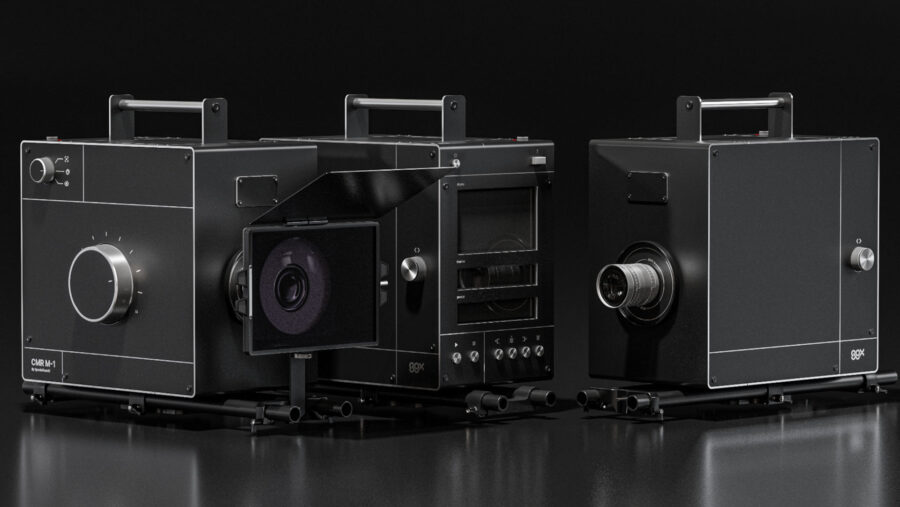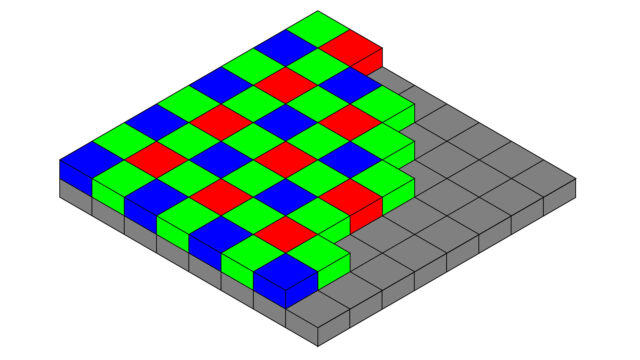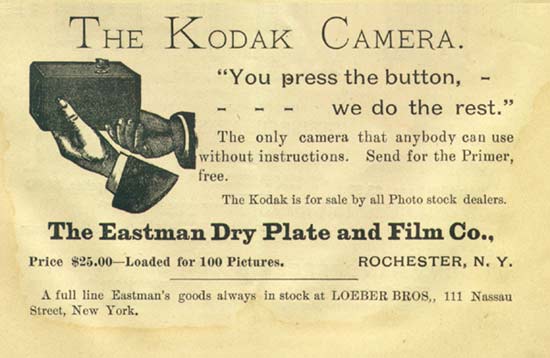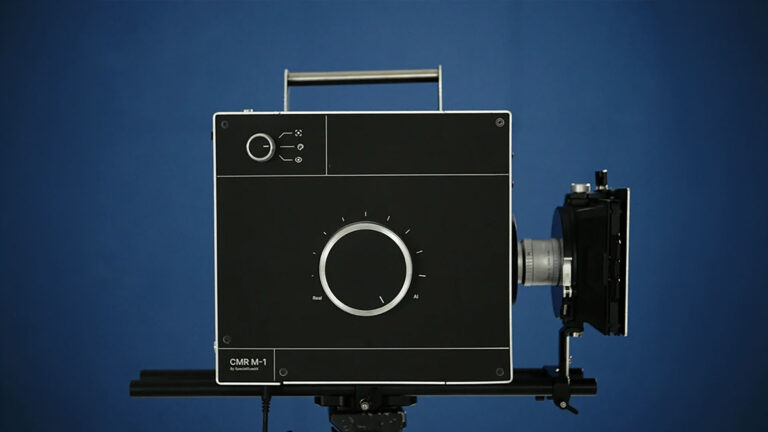The CMR M-1 is a new camera concept. It’s not yet ready for mass marketing, but it also requires a somewhat inclusive approach to the fundamental idea of a camera. The device is co-developed by SpecialGuestX, an interesting creative technology agency, and 1stAveMachine, a global multimedia production company. As you’ve probably noticed, no traditional camera manufacturers are on board. An interesting hint about the product. So what is the CMR M-1?
The CMR M-1 Generative AI camera’s rather simple and minimalist design hides a rather complex device. The camera uses a FLIR (Front Looking Infra Red) sensor of an undisclosed size (but given the lenses shown, I would expect it to be no larger than Micro Four Thirds). The choice of an IR capture sensor is interesting, although no related features are shown at this time. The CMR M-1 is a massive, box-shaped camera with a design reminiscent of 16mm film cameras. This is true for more than just the physical design.

Generative AI on board
The AI side of the CMR-M1 is based on stable diffusion algorithms, with five different LoRAs available. LoRA, Low-Ranking Adaptation, is a method of fine-tuning stable diffusion control points. Without going too far, it resembles an AI LUT or film simulation in terms of its effect on the workflow and the final result.
The LoRAs are loaded onto minimalist-designed cards. These have a dedicated slot in the camera. Once the LoRA is loaded, the intensity of the AI’s generative effect is adjusted via a large silver-black dial on the right side. Although the CMR-M1 is larger than some powerful desktop computers, the generative AI is done via external servers. This raises difficult questions about connectivity that have not yet been resolved.
The Camera part of the “Generative AI Camera”
The CMR M-1’s specs are pretty mediocre compared to the current list of cameras. The resolution tops out at a weird 1368×768 with a whopping 12fps. Yes, that’s twelve frames per second. No additional information regarding ISO, dynamic range, or color depth. By now, many of our readers may be wondering why we’re talking about this seemingly underwhelming camera. Some might speculate that we’re simply talking about it because AI is all the rage right now, and who wouldn’t want to capitalize on some juicy SEO traffic? However, I will say that the interesting part about this clickbait-titled “first generative AI camera” isn’t its capture specs, but how it challenges the concept of the camera itself.
What makes a camera?
A camera is quite simple to define. It is a light-capturing device, capable of fixing light onto a readable medium. A camera requires no more than three basic elements:
- A device for focusing light, whether an optical lens or a pinhole camera
- A light-sensitive surface with the ability to fix the captured image
- A room that connects them in total darkness. It is this that gave the cameras their name, short for “Camera Obscura”.
The CMR-M1 includes all three, and thus qualifies as a camera. But it adds something we haven’t seen yet: a generative AI algorithm. Or have we seen it? Aren’t noise reduction algorithms somewhat AI-based? Isn’t auto white balance based on machine learning? And what about modern autoexposure? What should we call modern autofocus algorithms? While there are some differences between the level of generative AI offered by the CMR-M1 and these examples, there are also significant similarities.

SOOC redefined
SOOC, Straight Out Of Camera, is a term used to describe images that have not been edited by software. Used as a statement of authenticity in the age of Photoshop and Instagram filters, it contains very little truth. Every ray of light captured by a digital or analog medium is subjected to quite a bit of interpretation before it is transformed into a visible image. Take the common Bayer grating as an example.

Each photosite captures a red, green, or blue channel. The other two values required for RGB output are calculated using complex, secret algorithms that each company guards fiercely. Now let’s add color profiles, another layer of interpretation (or manipulation) performed by the camera. The analog workflow is no different in this regard. Our film selection is similar to that of any digital filter. The only difference is the timing. We can only choose the film before shooting, while the digital workflow allows for much more powerful post-production. With this in mind, I would argue that the CMR-M1’s workflow has more in common with analog filmmaking than it does with its digital counterpart.

A glimpse into the past
“You push the button, we do the rest.” Kodak’s legendary slogan was a major inspiration in the design process of the CMR-M1. In some ways, I think the companies that created this concept product have managed to recreate that experience on a level that you (and I) wouldn’t expect from a device, let alone the “first generative AI camera.” The raw unpredictability of real-time generative AI may well offer a new level of shock and awe, especially when compared to modern cameras that can capture technically superb images with little to no skill or know-how on the part of the photographer. It’s not just the vintage design and card-based touchscreen LoRAs that deliver the essentials Kodak wanted. It’s something deeper, something more fundamental, the unique heart of the CMR-M1.
A glimpse into the future
As Aaron Duffy, Founder and Executive Creative Director of SpecialGuestX, says, “Sometimes to imagine what the future might look like, you have to prototype it.” That quote sums up the CMR-M1. It’s a prototype. It’s a glimpse into features that could be built into future cameras. While I don’t foresee this level of generative AI for professional cameras in the near future, I do think some version of these capabilities could find their way into our field. Imagine a camera that can generate a higher resolution than the resolution it captures. This will allow for more affordable sensors, faster capture speeds, and so on. Imagine a camera that can manipulate lighting and requires much less on-site setup. This may sound like science fiction today, but wasn’t everything we have today science fiction a few decades ago?
The CMR-M1 is just a prototype. No plans for mass marketing, no “brochure features,” no cost-cutting. We won’t get our hands on it, but this camera could give us a glimpse of what cameras could become and what they already are.


